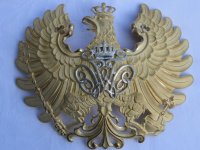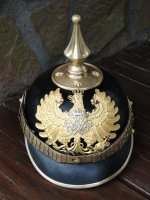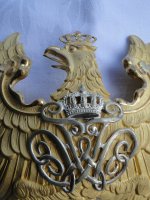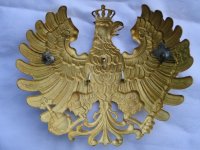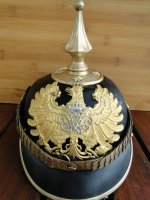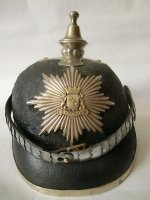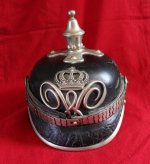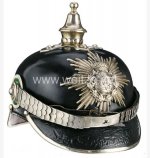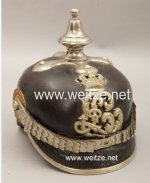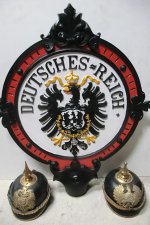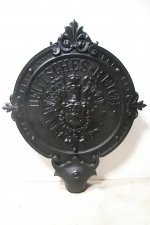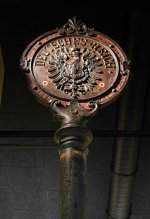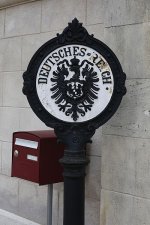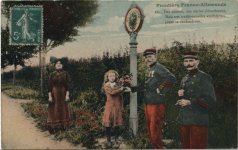I recently picked this wappen up mainly because it looked cool. I have seen several wappen displaying Prussian Crowned Eagle emblem with a "W" on the chest of the Adler. A few have a metal brass “W” on an Eagle, the bird being more ornate, both are fire gilded, like the one I have.
However, the majority I see have the same elaborate Adler, but the “W” is silvered, and it is also more complex. Are the styles from the same branch with silvered ones for senior ranking Polizei?
Thanks in advance for the history of this style of Adler!
Best regards,
John
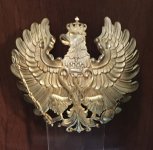
However, the majority I see have the same elaborate Adler, but the “W” is silvered, and it is also more complex. Are the styles from the same branch with silvered ones for senior ranking Polizei?
Thanks in advance for the history of this style of Adler!
Best regards,
John


